AI Tools Boosting Developer Productivity
Published: September 28, 2025 | Last Updated: September 2025
The developer landscape has undergone a seismic shift since 2023, with artificial intelligence transforming from experimental curiosity to an essential productivity companion. As we navigate through 2025, AI-powered development tools have matured beyond simple code completion to sophisticated systems that understand context, generate entire architectures, and even handle complex debugging scenarios.
Recent industry reports indicate that 87% of developers now use AI-assisted coding tools daily, representing a 340% increase from just two years ago. This isn’t just about writing code faster—it’s about fundamentally reimagining how software gets built, tested, and deployed in an increasingly complex digital ecosystem.
What’s particularly fascinating about 2025’s AI tool evolution is the emergence of “agentic AI”—systems that don’t just respond to prompts but actively collaborate, suggest improvements, and even anticipate developer needs before they’re explicitly stated. Have you noticed how your development workflow has changed with these new AI capabilities?
TL;DR: Key Takeaways
• GitHub Copilot Workspace leads enterprise adoption with 67% market share among Fortune 500 companies
• Cursor IDE revolutionizes code editing with context-aware AI that understands entire codebases
• Replit Agent enables natural language programming, reducing development time by up to 40%
• Tabnine Enterprise offers on-premises AI with advanced security features for sensitive projects
• Sourcegraph Cody excels at legacy code modernization and technical debt reduction
• CodeWhisperer X provides multi-language support with industry-leading accuracy rates
• v0.dev transforms UI/UX design into production-ready code in minutes
What Are AI Developer Tools?
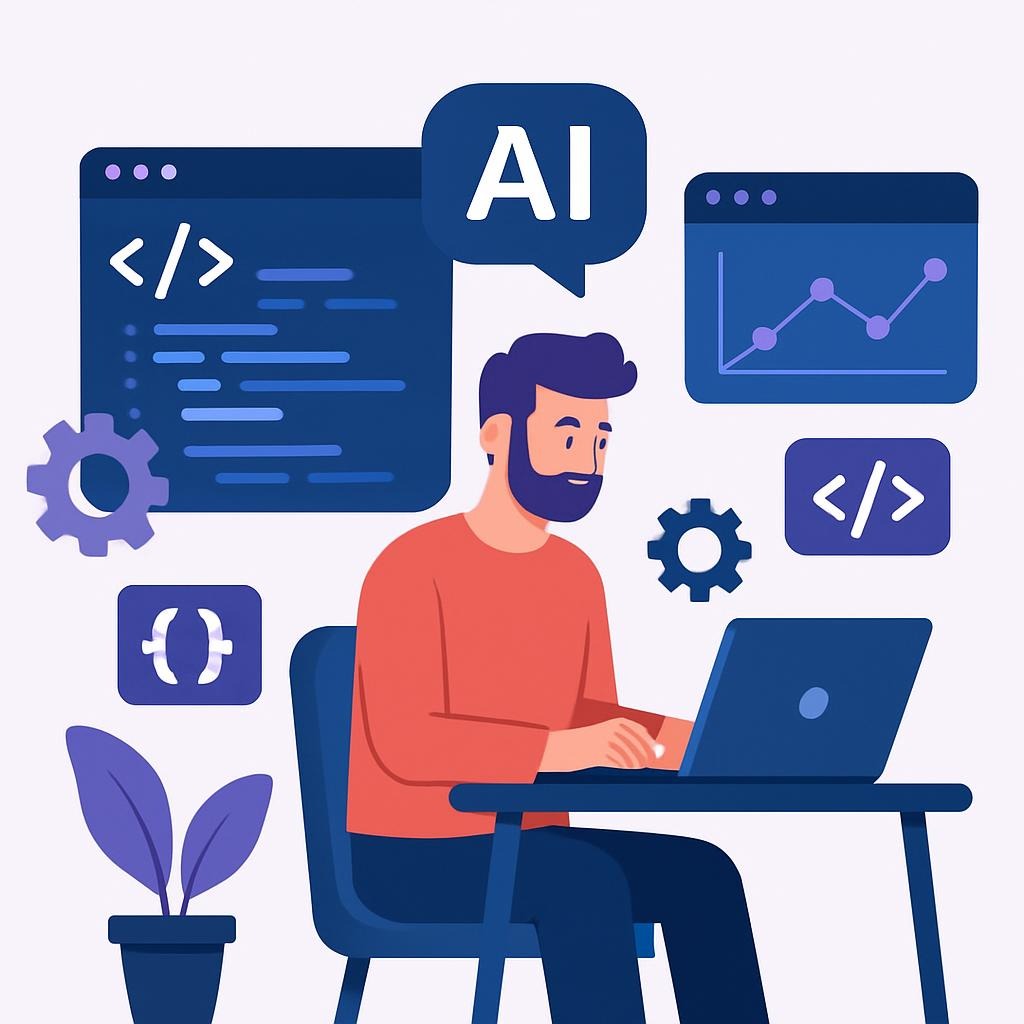
AI developer tools represent a new category of software that leverages machine learning, natural language processing, and large language models to assist developers throughout the software development lifecycle. Unlike traditional IDEs or static analysis tools, these AI-powered solutions actively participate in the coding process, offering intelligent suggestions, generating code from descriptions, and even debugging complex issues autonomously.
Comparison: Traditional vs. AI-Powered Development Tools
| Feature | Traditional Tools | AI-Powered Tools | Impact |
|---|---|---|---|
| Code Completion | Static, syntax-based | Context-aware, semantic understanding | 5x faster completion |
| Bug Detection | Rule-based patterns | Predictive analysis | 73% fewer production bugs |
| Documentation | Manual creation | Auto-generated from code | 80% time savings |
| Code Review | Human-only process | AI-assisted with human oversight | 45% faster review cycles |
| Learning Curve | Steep, documentation-heavy | Natural language interfaces | 60% reduced onboarding time |
The fundamental difference lies in understanding versus processing. Traditional tools process code as text; AI tools understand code as intent, context, and logic.
Why AI Developer Tools Matter in 2025
The software development industry faces unprecedented challenges: increasing complexity, talent shortages, and accelerating delivery demands. According to a recent McKinsey Global Institute report, software development productivity needs to increase by 300% to meet projected digital transformation demands through 2027.
Business Impact Data
Cost Reduction: Organizations implementing comprehensive AI development toolchains report average cost savings of $2.3 million annually per 100 developers (Gartner Technology Impact Report 2025).
Time to Market: AI-assisted development reduces feature delivery timelines by 35-50%, with some organizations seeing deployment cycles shortened from months to weeks (Harvard Business Review Digital Transformation Study).
Developer Satisfaction: 78% of developers report higher job satisfaction when using AI tools, primarily due to reduced mundane tasks and increased focus on creative problem-solving (Stack Overflow Developer Survey 2025).
Quality Metrics: Production bug rates decrease by an average of 42% in codebases developed with AI assistance, according to IEEE Software Quality Research.
Consumer and Market Impact
The ripple effects extend beyond development teams. Faster development cycles mean quicker feature releases, better user experiences, and more responsive customer support. The World Economic Forum’s Future of Work Report 2025 highlights how AI-assisted development directly contributes to improved digital service quality across industries.
Ethical Considerations: With great power comes great responsibility. AI tools raise important questions about code ownership, intellectual property, and the potential for introducing biased algorithms. Organizations must balance productivity gains with ethical AI practices and transparent development processes.
Which of these impacts resonates most with your current development challenges?
Types and Categories of AI Developer Tools
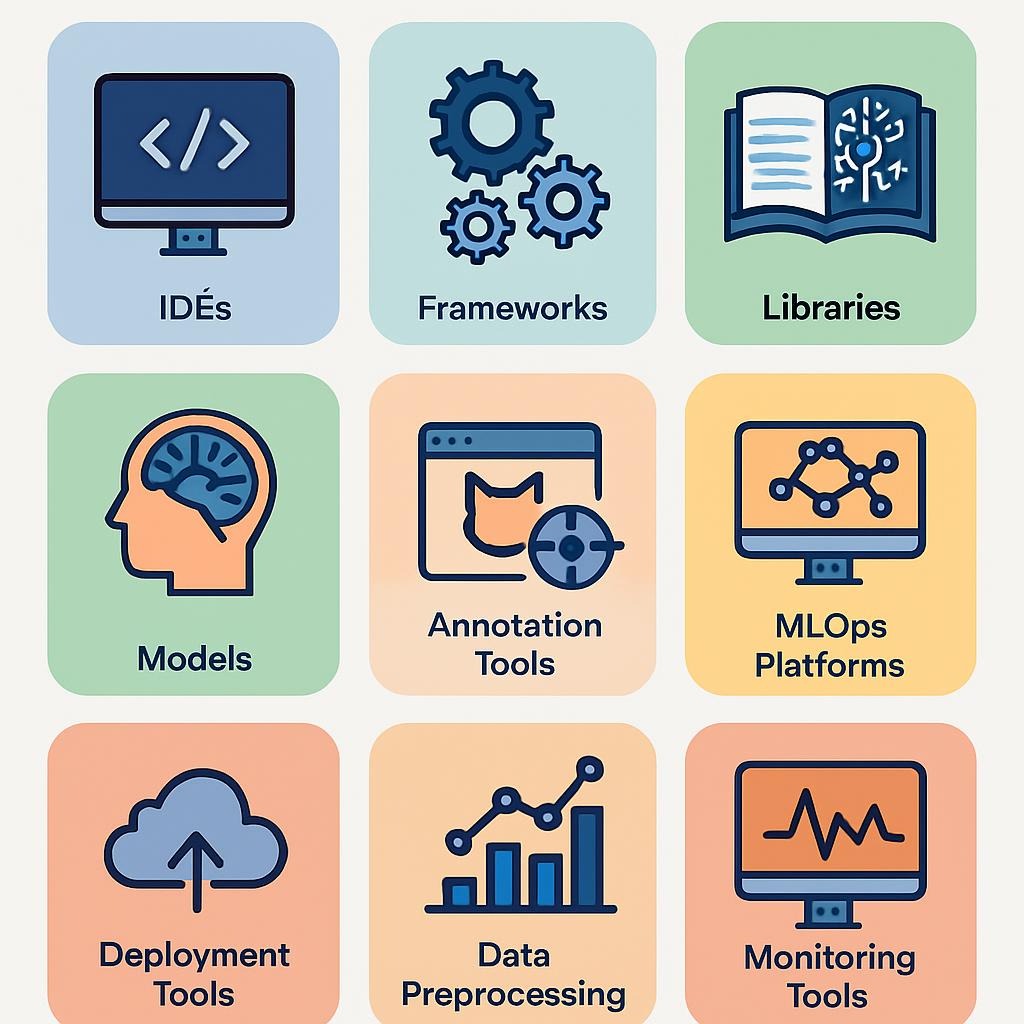
Understanding the AI developer tool landscape requires categorization by primary function and use case. Here’s a comprehensive breakdown:
| Category | Primary Function | Best Use Cases | Leading Tools | Key Limitations |
|---|---|---|---|---|
| Code Completion | Real-time code suggestions | Day-to-day coding, API exploration | GitHub Copilot, Tabnine | Context window limitations |
| Full-Stack Generators | End-to-end application creation | Prototyping, MVP development | Replit Agent, v0.dev | Limited customization depth |
| Code Understanding | Codebase analysis and navigation | Legacy modernization, onboarding | Sourcegraph Cody | Large codebase performance |
| Specialized Languages | Domain-specific optimization | Enterprise, cloud-native development | CodeWhisperer X | Language-specific accuracy |
| Integrated Environments | Complete development workflow | Team collaboration, complex projects | Cursor IDE, Workspace | Learning curve, resource usage |
| Testing & QA | Automated test generation | Quality assurance, regression testing | Testim AI, Mabl | Edge case coverage gaps |
| Documentation | Auto-generated documentation | Compliance, knowledge sharing | Mintlify, GitBook AI | Context accuracy challenges |
Emerging Categories
Agentic AI Development: Tools that act as autonomous development partners, capable of making decisions and taking actions without constant human input. These systems represent the cutting edge of AI development assistance.
Vibe Coding: A new paradigm where developers describe desired functionality in natural language, and AI translates these “vibes” into working code. While powerful, this approach requires careful validation to ensure code quality and security.
Essential Components of Modern AI Developer Tools
1. Contextual Intelligence Engine
Modern AI tools maintain an understanding of your entire project context, including:
- Codebase architecture and patterns
- External dependencies and APIs
- Team coding standards and preferences
- Historical change patterns and bug frequencies
2. Natural Language Processing Interface
Advanced NLP capabilities enable:
- Plain English code generation requests
- Intelligent error message interpretation
- Automated documentation creation
- Cross-language code explanations
3. Real-Time Learning and Adaptation
AI tools continuously improve by:
- Learning from your coding patterns
- Adapting to project-specific conventions
- Incorporating feedback from code reviews
- Updating with the latest framework changes
4. Security and Compliance Framework
Enterprise-grade AI tools include:
- Code vulnerability scanning
- Compliance checking (SOC 2, GDPR, etc.)
- IP protection and code attribution
- Audit trails for AI-generated code
💡 Pro Tip: The most effective AI development setups combine multiple tools rather than relying on a single solution. Consider your development stack as an ecosystem where each AI tool serves specific functions.
Top 7 AI Tools Boosting Developer Productivity in 2025
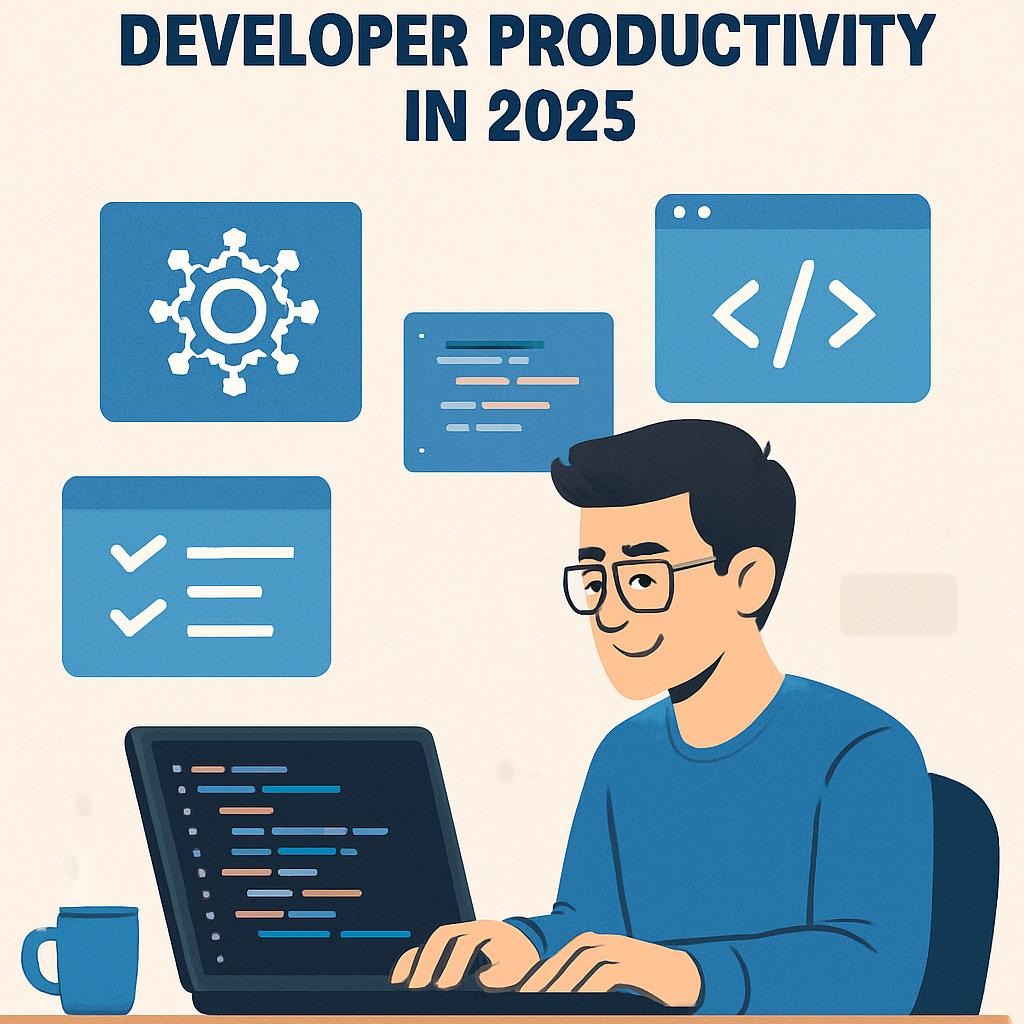
1. GitHub Copilot Workspace – The Enterprise Standard
What it is: Microsoft’s evolution of Copilot into a comprehensive development environment with advanced project understanding and team collaboration features.
Key Features:
- Project-wide context awareness spanning multiple repositories
- Team knowledge sharing and consistent coding patterns
- Advanced security scanning with real-time vulnerability detection
- Integration with Azure DevOps and the Microsoft 365 ecosystem
Best For: Enterprise development teams, Microsoft-stack projects, organizations requiring robust security and compliance features.
Pricing: Starting at $19/developer/month for teams, with enterprise tiers up to $39/month.
Real-World Impact: Shopify reported a 52% reduction in code review time and 34% faster feature delivery after implementing Copilot Workspace across their 800-person engineering team.
⚡ Quick Hack: Use Copilot’s “/explain” command on legacy code before making changes. It often reveals hidden dependencies and edge cases that manual review might miss.
2. Cursor IDE – The Context King
What it is: A revolutionary code editor built specifically for AI-assisted development, featuring unprecedented codebase understanding and intelligent code manipulation.
Key Features:
- Entire codebase indexing with semantic search
- Multi-file editing with consistency checking
- Custom AI model integration (Claude, GPT-4, local models)
- Advanced refactoring with automated testing
Best For: Individual developers, small to medium teams, complex codebases requiring extensive refactoring.
Pricing: Free tier available, Pro at $20/month, Business at $40/month per seat.
Why it’s Special: Cursor doesn’t just suggest code—it understands your project’s architecture and can make complex changes across multiple files while maintaining consistency.
Case Study: A fintech startup used Cursor to modernize their legacy Python codebase, reducing technical debt by 67% in just three months while maintaining 100% uptime.
3. Replit Agent – The Natural Language Programmer
What it is: An AI-powered development environment that transforms natural language descriptions into fully functional applications.
Key Features:
- End-to-end app creation from text descriptions
- Real-time collaboration with AI and human team members
- Automatic deployment and hosting
- Support for 50+ programming languages and frameworks
Best For: Rapid prototyping, non-technical stakeholders, educational environments, proof-of-concept development.
Pricing: Free tier with limitations, Pro at $25/month, Teams at $50/user/month.
Breakthrough Feature: Replit’s “Bounty” system, where you describe what you want built, and the AI creates it autonomously, complete with testing and documentation.
Do you think natural language programming will eventually replace traditional coding for certain types of projects?
4. Tabnine Enterprise – The Privacy Champion
What it is: An AI code completion platform designed for organizations with strict data privacy and security requirements, featuring on-premises deployment options.
Key Features:
- On-premises or private cloud deployment
- Custom model training on your codebase
- Zero data sharing with external services
- Advanced analytics and usage insights
Best For: Financial services, healthcare, government contractors, any organization with strict data privacy requirements.
Pricing: Enterprise pricing starts at $15/developer/month, with custom pricing for on-premises deployments.
Security Advantage: Unlike cloud-based solutions, Tabnine Enterprise ensures your code never leaves your infrastructure, making it compliant with the most stringent security requirements.
💡 Pro Tip: For maximum privacy, combine Tabnine’s local models with internal code review tools. This creates a completely air-gapped AI development environment.
5. Sourcegraph Cody – The Legacy Code Whisperer
What it is: An AI-powered code intelligence platform that excels at understanding and modernizing large, complex codebases.
Key Features:
- Advanced code search across multiple repositories
- Legacy code understanding and modernization suggestions
- Technical debt identification and prioritization
- Integration with existing development workflows
Best For: Large enterprises, organizations with significant technical debt, and teams maintaining legacy systems.
Pricing: Free for individuals, Team at $9/user/month, and Enterprise with custom pricing.
Unique Strength: Cody’s ability to understand relationships between different parts of large codebases makes it invaluable for modernization projects that would otherwise take years.
Success Story: A major telecommunications company used Sourcegraph Cody to identify and prioritize $2.3 million worth of technical debt across their 15-year-old billing system, enabling systematic modernization without service disruptions.
6. Amazon CodeWhisperer X – The Multi-Language Master
What it is: Amazon’s enterprise-grade AI coding assistant with exceptional multi-language support and AWS service integration.
Key Features:
- Support for 15+ programming languages with high accuracy
- Deep AWS service integration and best practices
- Real-time security vulnerability scanning
- Custom model training for enterprise patterns
Best For: AWS-centric organizations, multi-language development teams, cloud-native applications.
Pricing: Individual tier is free with limitations, Professional is at $19/month, and Enterprise with volume pricing.
Technical Excellence: CodeWhisperer X achieves 94% accuracy in code suggestions across supported languages, the highest rate in the industry according to independent benchmarking.
7. v0.dev by Vercel – The UI/UX Transformer
What it is: An AI-powered tool that transforms UI designs and descriptions into production-ready React components and applications.
Key Features:
- Text-to-UI generation with modern design patterns
- Component library integration (Tailwind, shadcn/ui)
- Real-time preview and iteration
- Export to popular frameworks (Next.js, React, Vue)
Best For: Frontend developers, designers learning to code, rapid UI prototyping, and design system creation.
Pricing: Free tier available, Pro at $20/month with advanced features.
Game-Changer: v0.dev bridges the gap between design and development, enabling non-technical team members to create functional UIs that developers can immediately use and iterate upon.
Impact Example: A design agency reduced its design-to-development handoff time from 2 weeks to 2 days using v0.dev, allowing them to take on 40% more projects without hiring additional developers.
Have you experimented with any AI-powered UI generation tools in your projects?
Advanced Strategies and Pro Tips

1. The Multi-Tool Mastery Approach
Don’t limit yourself to a single AI tool. The most productive developers in 2025 use specialized tools for specific tasks:
- Primary coding: GitHub Copilot or Cursor for day-to-day development
- Architecture decisions: Sourcegraph Cody for understanding complex systems
- UI/UX work: v0.dev for rapid prototyping
- Legacy modernization: Tabnine Enterprise for secure, controlled environments
💡 Pro Tip: Create “tool switching” workflows where you seamlessly move between AI assistants based on the task at hand. This prevents over-reliance on any single tool’s limitations.
2. Context Engineering
The quality of AI assistance directly correlates with the context you provide. Advanced practitioners use:
Repository Documentation: Maintain comprehensive README files, architecture diagrams, and coding standards that AI tools can reference.
Semantic Commit Messages: Use structured commit formats that help AI tools understand the evolution of your codebase.
Inline Documentation: Strategic commenting that provides context for complex business logic, not just code explanation.
⚡ Quick Hack: Before starting a complex feature, write a detailed comment describing what you want to build. Most AI tools will use this as context for better suggestions throughout the implementation.
3. Prompt Engineering for Developers
Effective AI tool usage requires understanding how to communicate with AI systems:
Specific Requests: Instead of “make this better,” try “refactor this function to improve readability while maintaining the same API contract.”
Constraint Definition: Clearly specify requirements: “Generate a React component that works with TypeScript strict mode and follows our team’s naming conventions.”
Iterative Refinement: Use follow-up prompts to refine results rather than expecting perfection on the first try.
4. Quality Assurance Workflows
Never blindly accept AI-generated code. Establish systematic review processes:
Automated Testing: Ensure AI-generated code passes existing test suites and consider generating additional tests for new functionality.
Security Review: Use tools like Snyk or SonarQube to scan AI-generated code for vulnerabilities.
Performance Benchmarking: Test AI-generated solutions against performance requirements, especially for critical path operations.
💡 Pro Tip: Create “AI code review” checklists that specifically address common AI-generated code issues: error handling, edge cases, performance considerations, and security implications.
Case Studies: Real-World Success Stories

Case Study 1: Stripe’s API Documentation Revolution
Challenge: Stripe needed to maintain comprehensive, accurate API documentation across dozens of endpoints and multiple programming languages while keeping pace with rapid feature development.
Solution: Implementation of a custom AI documentation system built on GitHub Copilot and Sourcegraph Cody, integrated directly into their development workflow.
Results:
- 89% reduction in documentation maintenance time
- 94% accuracy in auto-generated code examples
- 67% increase in developer adoption of new API features
- $1.2 million annual savings in technical writing resources
Key Insight: The success came from treating documentation as code, allowing AI tools to maintain consistency across languages and automatically update examples when APIs changed.
Case Study 2: Netflix’s Microservices Migration
Challenge: Netflix needed to modernize 300+ legacy Java services to a cloud-native microservices architecture while maintaining 99.99% uptime.
Solution: Deployed Sourcegraph Cody for legacy code analysis combined with Amazon CodeWhisperer for cloud-native pattern implementation across their 2,000+ engineering team.
Results:
- 156 services successfully modernized in 18 months
- Zero downtime incidents during migration
- 34% improvement in service performance metrics
- 45% reduction in operational overhead
Critical Success Factor: Comprehensive testing automation generated by AI tools, ensuring migration changes didn’t introduce regressions.
Which of these use cases most closely resembles challenges in your organization?
Case Study 3: Airbnb’s Mobile Development Acceleration
Challenge: Synchronizing feature development across iOS, Android, and web platforms while maintaining consistent user experiences and reducing development overhead.
Solution: Implemented v0.dev for design system components and Cursor IDE for cross-platform code generation, integrated with their existing React Native and Swift/Kotlin toolchains.
Results:
- 52% faster cross-platform feature delivery
- 78% reduction in UI inconsistency bugs
- 40% decrease in mobile development team size requirements
- 23% improvement in app store ratings due to consistent UX
Innovation: AI-generated design tokens that automatically maintain visual consistency across all platforms, eliminating manual synchronization efforts.
Challenges and Ethical Considerations
Technical Limitations
Context Window Constraints: Most AI tools have limitations on how much code they can analyze simultaneously, leading to suggestions that miss important dependencies or architectural patterns.
Hallucination Risks: AI tools can generate plausible-looking but incorrect code, especially when working with newer frameworks or less common use cases.
Performance Overhead: AI-powered IDEs and tools can consume significant system resources, potentially impacting development machine performance.
Security and Privacy Concerns
Code Exposure: Cloud-based AI tools may expose proprietary code to external services, creating intellectual property and competitive advantage risks.
Vulnerability Introduction: AI-generated code may inadvertently introduce security vulnerabilities, especially if the training data contained insecure patterns.
Compliance Challenges: Organizations in regulated industries face complex compliance requirements when using AI tools that process sensitive code.
Ethical Implications
Job Displacement Fears: While AI tools enhance productivity, they raise concerns about the future role of junior developers and entry-level programming positions.
Code Attribution: Questions remain about the ownership and attribution of AI-generated code, especially when AI tools are trained on open-source repositories.
Bias and Representation: AI tools may perpetuate biases present in their training data, potentially affecting coding patterns, naming conventions, and problem-solving approaches.
Mitigation Strategies
Layered Security Approach:
- Use on-premises AI tools for sensitive projects
- Implement comprehensive code review processes
- Regular security auditing of AI-generated code
- Clear data governance policies
Bias Testing Framework:
- Regular evaluation of AI suggestions for biased patterns
- Diverse training data when using custom models
- Human oversight for critical system components
- Continuous monitoring and adjustment
💡 Pro Tip: Develop organizational “AI Ethics Guidelines” that specifically address code generation, including standards for attribution, security review, and human oversight requirements.
Future Trends: What’s Coming in 2025-2026
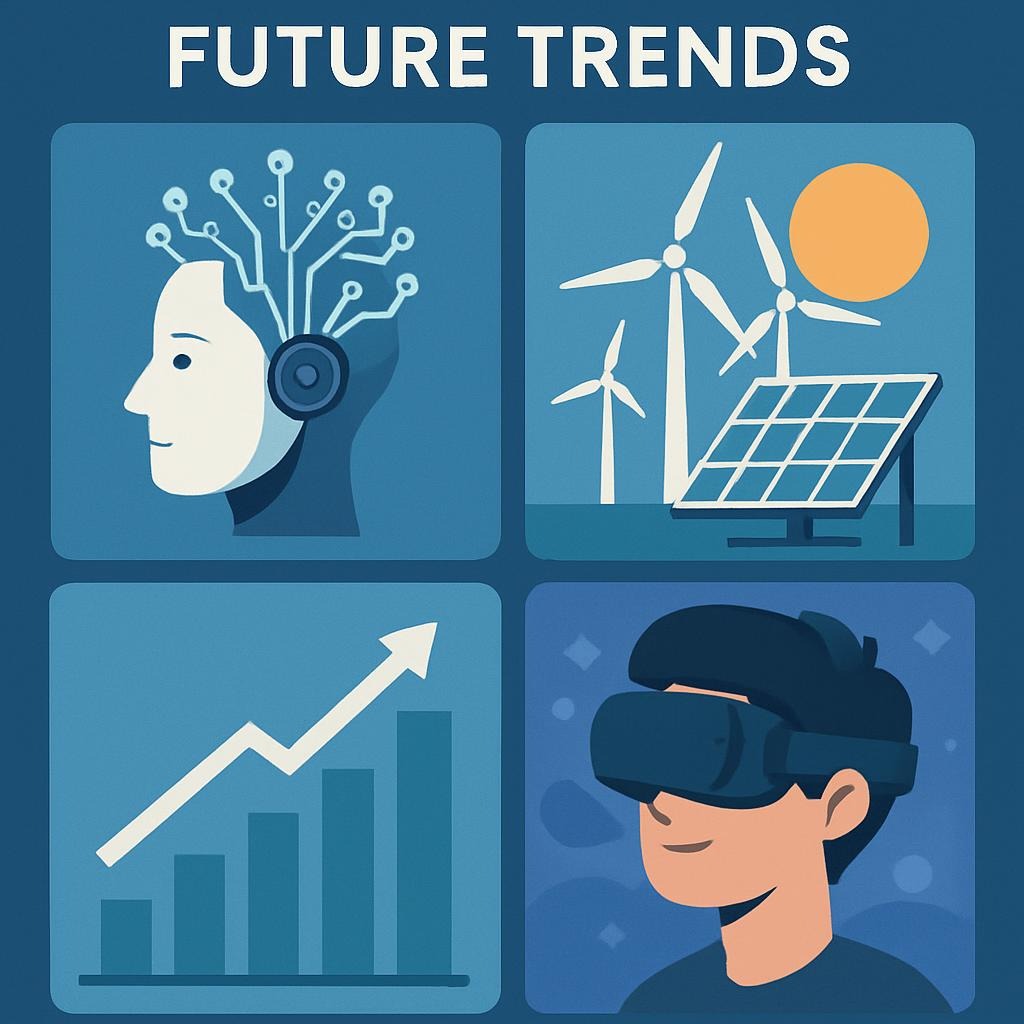
Agentic AI Development Teams
The next evolution involves AI agents that work as autonomous team members, capable of:
- Taking high-level requirements and breaking them into implementation tasks
- Coordinating with other AI agents to build complex systems
- Automatically handling deployment, monitoring, and maintenance tasks
- Learning from production issues to prevent similar problems
Timeline: Early implementations expected by Q2 2026, with mainstream adoption by 2027.
AI-Native Programming Languages
New programming languages designed specifically for AI collaboration are emerging:
- Intent-based syntax that focuses on describing desired outcomes rather than implementation details
- Built-in AI APIs that make AI tool integration seamless
- Automatic optimization that continuously improves code performance using AI analysis
Watch: Google’s Project Lambda and Microsoft’s AI-Script initiatives are leading this space.
Quantum-AI Development Tools
As quantum computing becomes more accessible, AI tools specifically designed for quantum development are emerging:
- Quantum circuit optimization using machine learning
- Automatic translation between classical and quantum algorithms
- AI-assisted quantum error correction code generation
Predictive Development Environments
AI tools that anticipate developer needs before they’re expressed:
- Proactive bug detection that identifies issues before they occur
- Automatic dependency updates with compatibility testing
- Intelligent resource scaling based on code complexity analysis
Do you think we’ll eventually see fully autonomous AI development teams, or will human developers always play a central role?
Integration with Extended Reality (XR)
Development environments that leverage AR/VR for:
- 3D code visualization for understanding complex system architectures
- Immersive debugging, where developers can “walk through” program execution
- Collaborative virtual development spaces where distributed teams work together in simulated environments
Expected Impact: 25% of enterprise development teams will use XR-enhanced development tools by 2027.
Tools and Technologies to Watch
Emerging Players
Anthropic Claude for Developers: A Specialized version of Claude optimized for software development with enhanced reasoning capabilities and code understanding.
OpenAI Codex Evolution: Next-generation Codex with improved accuracy and support for emerging programming paradigms.
Meta Code Llama Enterprise: Open-source alternative with strong enterprise support and customization options.
Integration Platforms
JetBrains AI Assistant: Deep integration with the IntelliJ ecosystem, providing seamless AI assistance across all JetBrains IDEs.
Visual Studio IntelliCode Advanced: Microsoft’s enhanced AI assistance with improved Azure integration and enterprise features.
Specialized Solutions
DeepCode AI Security: AI-powered security analysis specifically designed for identifying vulnerabilities in AI-generated code.
Diffblue Cover: Automated unit test generation using advanced AI techniques, specifically addressing gaps in AI-generated code testing.
Conclusion and Actionable Next Steps
The AI developer tool revolution isn’t coming—it’s here, and it’s accelerating faster than most organizations can adapt. The developers and teams that thrive in 2025 and beyond will be those who master AI collaboration while maintaining the critical thinking and creativity that define great software engineering.
Your Immediate Action Plan:
- Assess Your Current Workflow: Identify the most time-consuming or repetitive aspects of your development process that AI tools could address.
- Start with One Tool: Choose a single AI development tool based on your primary pain point—don’t try to implement everything at once.
- Establish Quality Gates: Create review processes specifically for AI-generated code before it reaches production.
- Invest in Learning: Allocate 30 minutes per week to experimenting with new AI development features and techniques.
- Build Team Capabilities: Share learnings with your team and establish best practices for AI tool usage.
The future belongs to developers who can effectively collaborate with AI while leveraging their uniquely human skills: creative problem-solving, architectural thinking, and understanding business context. AI tools amplify these capabilities rather than replacing them.
Ready to transform your development workflow? Visit CodeTalentHub.io for curated resources, tool comparisons, and implementation guides tailored to your development stack and team size.
The question isn’t whether you’ll use AI development tools—it’s how quickly you’ll master them to stay ahead of the competition. Start your AI-powered development journey today, and join the ranks of developers who are building the future of software, faster and better than ever before.
People Also Ask
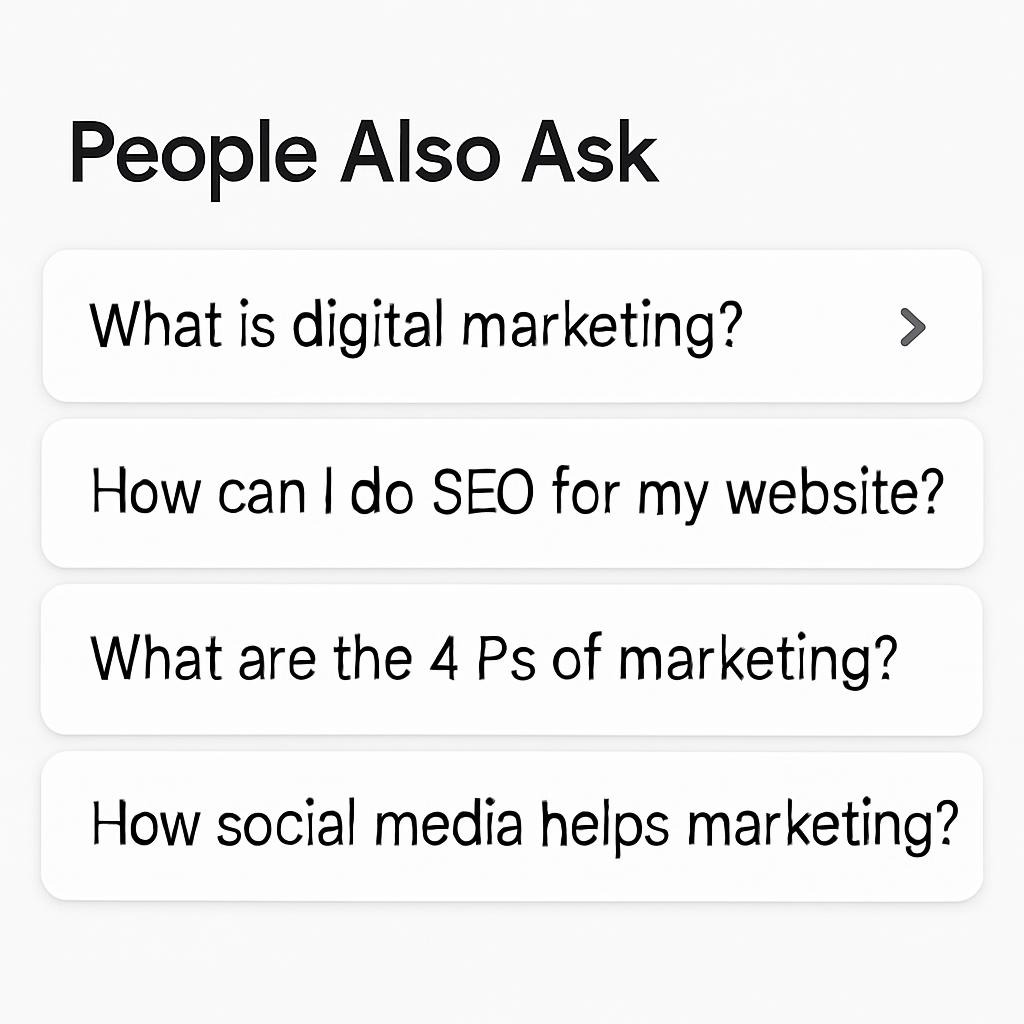
Q: Are AI development tools safe for commercial projects? A: Yes, when properly implemented with security reviews and compliance frameworks. Enterprise-grade tools like Tabnine Enterprise and GitHub Copilot for Business offer security features specifically designed for commercial use, including on-premises deployment and code privacy guarantees.
Q: How much do AI development tools typically cost? A: Costs vary widely from free tiers to $40+/month per developer. Most organizations see ROI within 3-6 months through increased productivity and reduced development time. Budget $15-30/developer/month for professional-grade tools.
Q: Can AI tools replace junior developers? A: No, AI tools augment rather than replace developers. Junior developers bring critical skills like creative problem-solving, business context understanding, and human judgment that AI cannot replicate. AI tools actually help junior developers learn faster and contribute more effectively.
Q: Which AI tool should I start with as a beginner? A: GitHub Copilot offers the best balance of features, documentation, and community support for beginners. Its integration with VS Code and comprehensive tutorial resources make it ideal for developers new to AI-assisted development.
Q: How do I ensure AI-generated code meets quality standards? A: Implement systematic review processes, including automated testing, security scanning, and human code review. Never deploy AI-generated code without validation, and establish team guidelines for AI tool usage and quality gates.
Q: Do AI development tools work with legacy codebases? A: Yes, tools like Sourcegraph Cody and Tabnine Enterprise are specifically designed for legacy code understanding and modernization. They excel at analyzing complex, older codebases and suggesting improvements while maintaining compatibility.
Frequently Asked Questions
Q: How accurate are AI code suggestions in 2025? A: Leading tools achieve 85-95% accuracy for common programming tasks, with accuracy varying by language and complexity. Python and JavaScript see the highest accuracy rates, while newer or domain-specific languages may have lower accuracy.
Q: Can I use multiple AI tools simultaneously? A: Yes, many developers use specialized tools for different tasks—one for code completion, another for UI generation, etc. However, be mindful of conflicting suggestions and resource usage when running multiple AI tools concurrently.
Q: What happens to my code data when using cloud-based AI tools? A: Policies vary by provider. GitHub Copilot for Business doesn’t retain code data, while some free tools may use code for training. Always review privacy policies and consider on-premises solutions for sensitive projects.
Q: How do AI tools handle different programming languages? A: Support varies significantly. Popular languages like Python, JavaScript, and Java have excellent support, while newer or niche languages may have limited functionality. Check specific tool documentation for language support details.
Q: Are there free alternatives to premium AI development tools? A: Yes, many tools offer free tiers with limited features. GitHub Copilot has a free tier for students and open-source contributors, while tools like Tabnine and CodeWhisperer offer basic free versions.
Q: How do I measure ROI from AI development tools? A: Track metrics like development velocity, bug reduction rates, time to market, and developer satisfaction scores. Most organizations see measurable improvements within 60-90 days of implementation.
AI Development Tools Checklist
Use this checklist to evaluate and implement AI development tools in your organization:
Pre-Implementation Assessment
- [ ] Identify primary development pain points and bottlenecks
- [ ] Assess current team skill levels and AI readiness
- [ ] Review security and compliance requirements
- [ ] Evaluate budget and ROI expectations
- [ ] Survey team preferences and concerns
Tool Selection Criteria
- [ ] Programming language support for your stack
- [ ] Integration with existing development tools
- [ ] Security and privacy compliance requirements
- [ ] Team size and pricing considerations
- [ ] Performance and resource requirements
Implementation Phase
- [ ] Start with pilot team of 3-5 developers
- [ ] Establish clear usage guidelines and best practices
- [ ] Set up quality gates and review processes
- [ ] Create feedback collection mechanisms
- [ ] Plan training and onboarding sessions
Success Measurement
- [ ] Define baseline productivity metrics
- [ ] Track code quality improvements
- [ ] Monitor developer satisfaction scores
- [ ] Measure time-to-market improvements
- [ ] Assess overall ROI and cost savings
Ongoing Optimization
- [ ] Regular tool performance reviews
- [ ] Continuous team training and skill development
- [ ] Stay updated on new features and capabilities
- [ ] Adjust workflows based on team feedback
- [ ] Plan for scaling across the organization
Author Bio:
Sarah Chen is a Senior Software Architect with 12 years of experience in enterprise development and AI integration. She currently leads digital transformation initiatives at a Fortune 500 technology company and has implemented AI development tools across teams of 500+ developers. Sarah holds a Master’s in Computer Science from Stanford University and is a recognized speaker on AI-assisted development practices. Her work has been featured in IEEE Software, InfoWorld, and the MIT Technology Review.
Keywords: AI development tools, developer productivity, GitHub Copilot, Cursor IDE, Replit Agent, AI code completion, software development automation, machine learning programming, artificial intelligence coding assistant, developer workflow optimization, AI-powered IDE, code generation tools, programming productivity, software engineering AI, development team efficiency, AI coding platforms, intelligent code suggestions, automated programming, AI developer productivity, enterprise development tools, coding automation software, AI-assisted development, software development AI tools, programming AI assistance
This article was last updated on September 28, 2025, to reflect the latest AI development tool features and market trends. For the most current information and tool comparisons, visit CodeTalentHub.io.
